Guilford Distric #4: Mt. Upton Union School – Part IV
In a continuation of the Mt. Upton Union School Catalog 1909-1910 documented are the following teaching requirements for first Grade 4.
“Grade 4” - READING - From readers and other books. These must be drill on lesson studied and practice in sight reading. Special attention given to these points; (a) Statements of what lesson contains; (b) meaning of new words; (c) drill on pronunciation and expression. Reading to pupils by teacher, SPELLING - Begin Harrington’s Spelling Book. Part 1 to page 70. Combine written and oral work. ARITHMETIC - The principles of notation and numeration thoroughly explained and learned. Tables used in denominate numbers learned. Analysis of problems. Long division learned and completed. Reduction of simple fractions. Addition and subtraction of same. In text book cover addition and subtraction of integral denominate numbers. LANGUAGE - Review Part 1 in Steps in English, Book 1. In advance cover Part 2. Memory work. GEOGRAPHY - Begin Elementary Geography. North America completed. Map drawing. Given attention to earth as a whole with grand divisions and oceans from globe. PHYSIOLOGY - First Term - Overton’s Primary complete. DRAWING - Second Term - Color and nature - Common objects, construction, decoration, picture study. Drill exercises and free hand work. WRITING - Merrill’s modern penmanship copy. Book 144.”

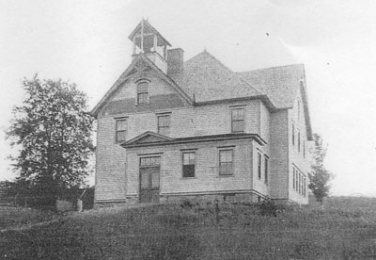

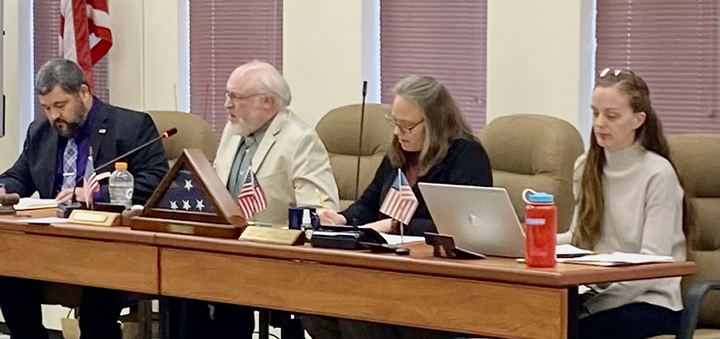
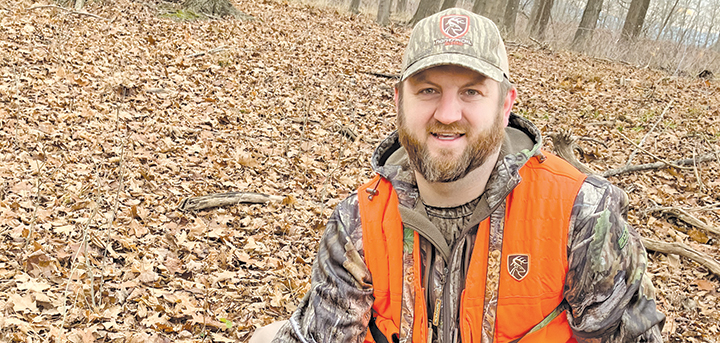


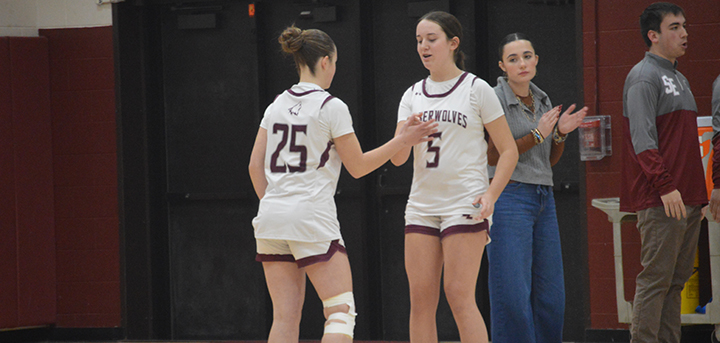
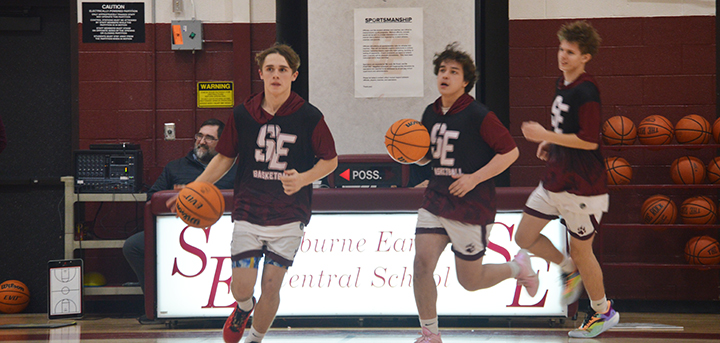

Comments